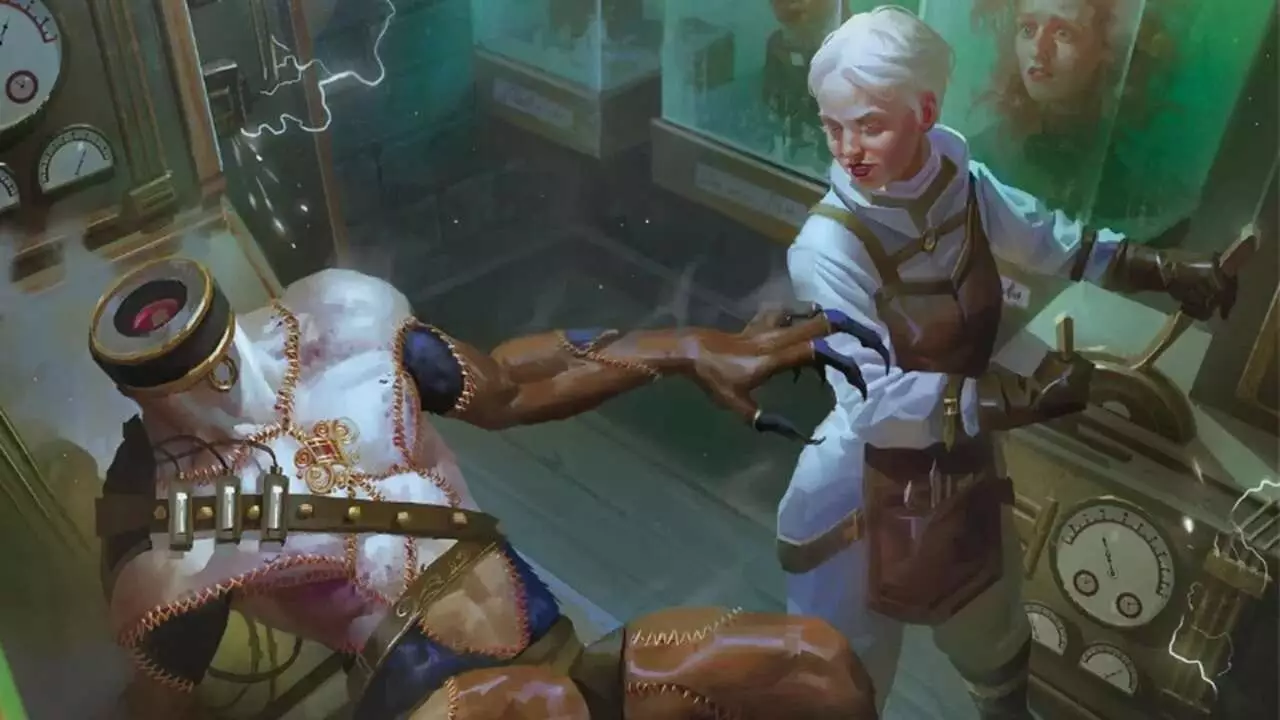Wizards of the Coast has taken the plunge into the eerie and grotesque world of horror with their recent Unearthed Arcana playtest, unveiling eight subclasses that blend the mechanics of Dungeons & Dragons with chilling, macabre themes. This synergy of horror storytelling and tabletop mechanics breathes new life into the game, providing players with an opportunity to explore darker narratives. While many fans are already familiar with the existing options in D&D 5e, these new iterations aim to enhance the game’s storytelling prowess and deepen the complexity of role-playing.
As horror genres have long captivated audiences across mediums, merging this interest with the rich tapestry of D&D creates fertile ground for imaginative gameplay. Game designer Mackenzie de Armas, alongside D&D influencer Todd Kenreck, underscores that this playtest is an invitation to players—an encouraging nudge to engage with these experimental subclasses and offer feedback, ultimately shaping the course of their development.
The presentation of two all-new subclasses—Reanimator for the Artificer and Hollow Warden for the Ranger—sets a thrilling tone for the release. Such a bold exploration into unexplored territory speaks volumes about Wizards of the Coast’s willingness to innovate and expand upon the D&D universe.
Reanimating Imagination
The Reanimator subclass, inspired by iconic tales like Mary Shelley’s “Frankenstein”, promises players a nuanced approach to the often dark subject of necromancy. Here, players can play the role of a twisted craftsman, mutating their creations and pulling life from the jaws of death. As noted by de Armas, this subclass introduces the concept of modular companions—reanimated versions of fallen allies or even horrific constructs. The flexibility afforded by this mechanic not only provides a unique gameplay experience, but also allows players to create stories that delve into themes of responsibility, morality, and the consequences of defying nature.
Further along the horror spectrum lies the Hollow Warden for Rangers. Touted as the “Spooky Ranger,” this subclass draws inspiration from folk tales, bringing ancient forests and terrifying creatures into play. It embraces a “bloodthirsty” aspect of nature, continuing the theme of horror while also celebrating the relationship between Rangers and their environments. By portraying the natural world as both nurturing and savage, the Hollow Warden reframes the Ranger’s narrative, inviting players to explore the duality of existence.
Revitalizing Classic Subclasses
Beyond the new offerings, the playtest presents six updated subclasses that revamp existing 5e content. The College of Spirits Bard epitomizes a spirit medium, connecting with ethereal entities to channel power. Here lies an opportunity to craft stories that dance across the boundary between the living and the dead, offering rich narrative potential and a haunting backdrop for gameplay.
Similarly, the Grave Domain Cleric invites players to tread the fine line between life and death. Revisiting familiar themes can breathe new life into their gameplay. This iteration not only seeks to expand on the clerical abilities of curses and healing but also deepens the thematic connection to the realms of darkness. For players aiming to explore morality, consequences, and the concept of sacrifice within their adventures, the Grave Domain offers a profound avenue for character development.
Players may also find new avenues of intrigue within the Phantom Rogue and Shadow Sorcery Sorcerer subclasses. Both classes utilize the mysteries of death and darkness, attracting players drawn to the shadows. The Phantom’s ability to bind with negative energy for devastating strikes expands the already versatile rogue, while the Shadow Sorcerer thrives on dark magic’s conflict with their inherent abilities.
Diverse and Terrifying Options
As the update includes both the Hexblade and Undead Patrons for Warlocks, the options available for character customization continue to expand the horror narrative landscape within D&D. The Hexblade Patron leverages the concept of sentient weapons, allowing players to interact with malevolent forces that empower their combat abilities. This dark bond offers not only a power dynamic but also presents potential moral dilemmas that could shape a character’s journey.
On the other hand, the Undead Patron connects players to the chilling allure of liches and vampires, giving them a taste of horrifying knowledge while reinforcing a higher-stakes game environment where players may grapple with the ethical ramifications of necromancy. Their Form of Dread mechanics grant temporary resiliency, fostering both thematic consistency and robust gameplay mechanics that emphasize fear.
The Future of Horror in D&D
As players engage with these macabre subclasses, they are encouraged to contribute their insights, helping to mold future iterations of these ideas. The fact that Wizards of the Coast is releasing these options in an experimental format shows a willingness to collaborate with the gaming community. It’s a refreshing moment in D&D’s evolution, where player feedback could lead to richer, more comprehensive experiences in the shadowy realm of horror.
Ultimately, these eight unique subclasses are not just new gameplay mechanics—they are gateways into a deeper understanding of the themes of horror, morality, and identity within the realm of Dungeons & Dragons. By challenging players to confront their fears and what lies beyond, Wizards of the Coast offers an exciting chapter in the ongoing narrative of this beloved game.

